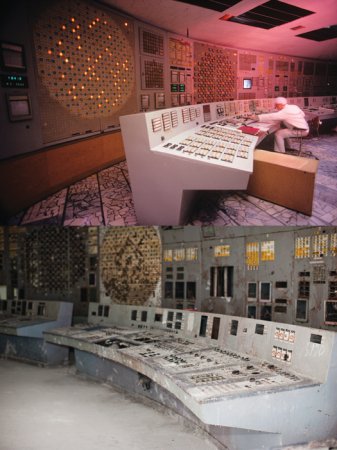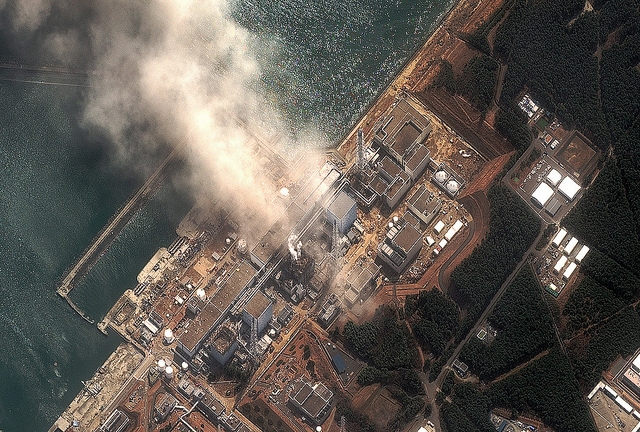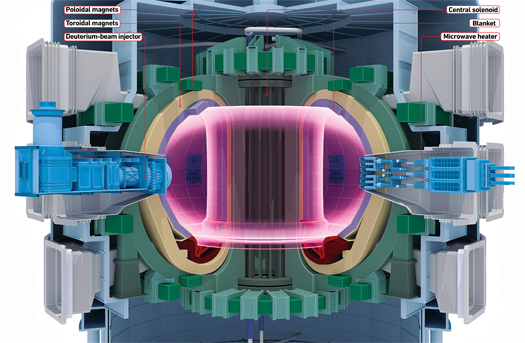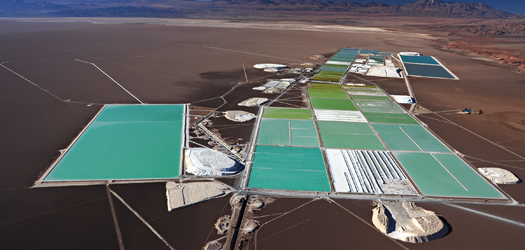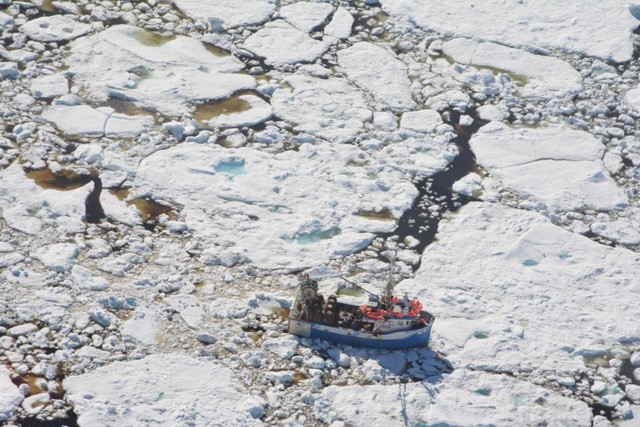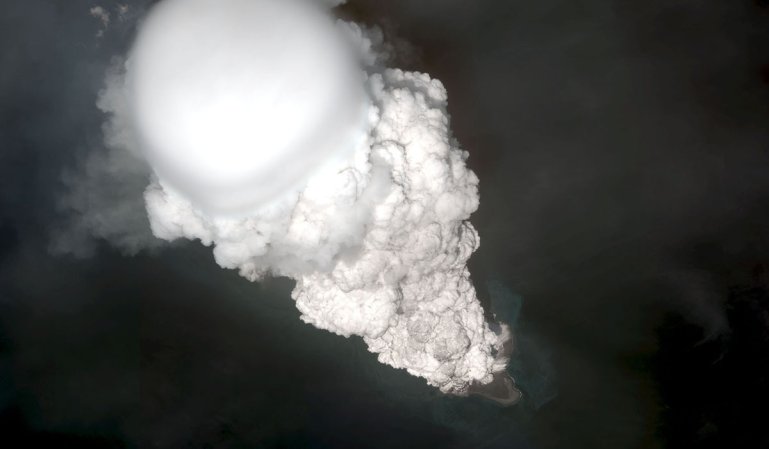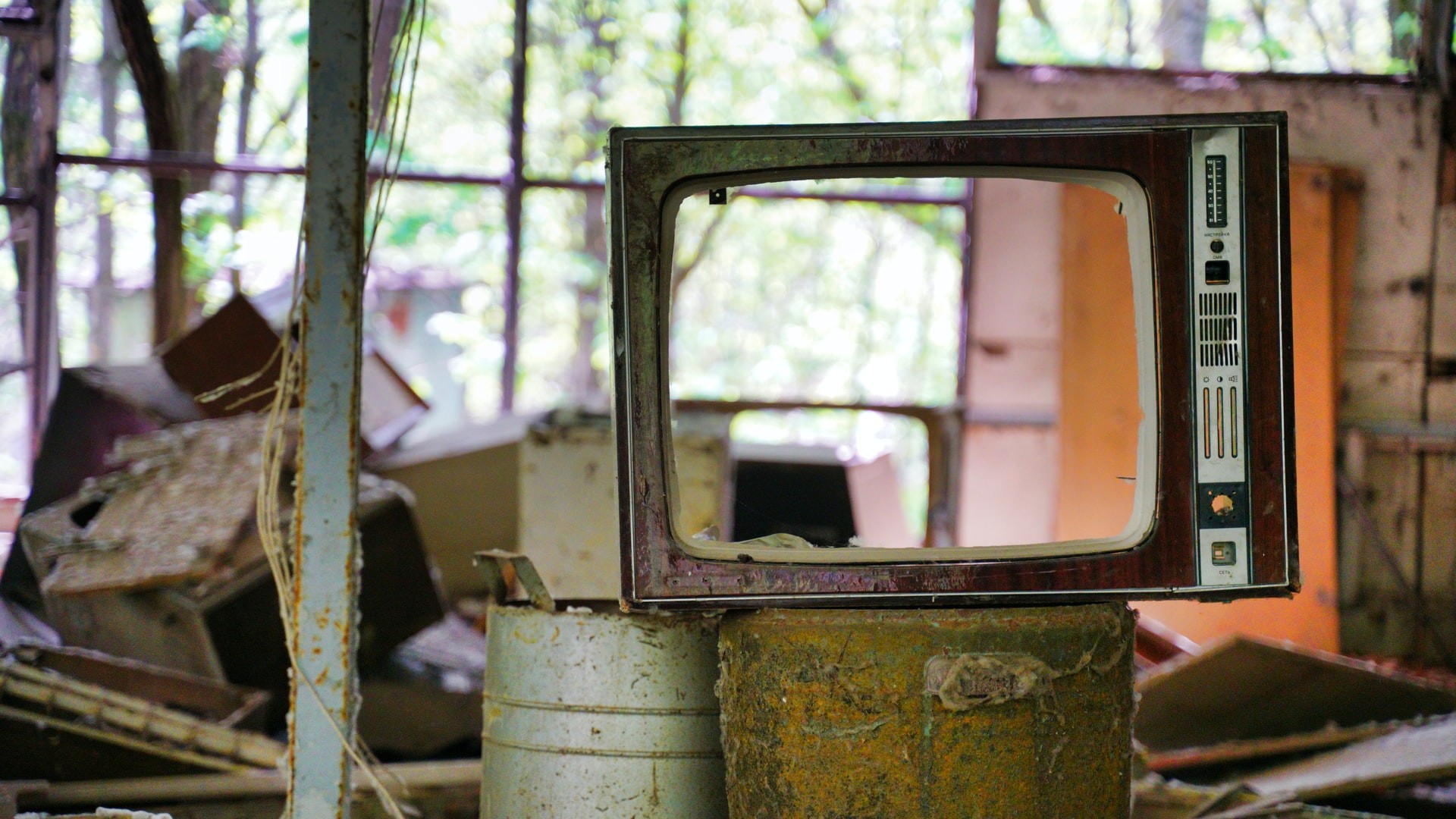

It’s been three and a half decades since the No. 4 reactor at Chernobyl catastrophically failed and spewed radioactive fallout across Europe. But while authorities have tried their hardest to keep the reactor contained, it’s still coated in what amounts to a hardened radioactive lava.
This glassy hardened substance hasn’t just resisted all cleanup efforts—it’s made itself difficult to study at all. But researchers have now successfully tested a technique that might help glean more details from that nearly impenetrable shell.
First, scientists had to create their own materials to emulate what you’d find at Chernobyl. Now, by putting tiny samples of that material under some of the world’s most powerful X-rays, the researchers have found a way to reconstruct that substance’s history.
[Related: With humans out of the way, Chernobyl’s wildlife thrives]
Their work, published in the Journal of Materials Chemistry A, shows that the technique could be used to unlock the mysteries of real-world nuclear disaster waste.
It’s “like a forensic analysis of a crime scene,” says Claire Corkhill, one of the aforementioned scientists and a nuclear researcher at the University of Sheffield in the UK, in a statement. “The chemical analysis performed on our simulant materials allowed us to piece together the last moments of the Chernobyl nuclear fuel.”
The nuclear power station at Chernobyl, about 60 miles north of the Ukranian capital, Kiev, housed four operating reactors at the time of the accident. Three of those reactors have since been safely decommissioned, but not reactor No. 4, which is entombed within a hangar-like shell—like a plague victim’s pathogenic corpse.
In 1986, reactor No. 4’s uranium fuel melted and chemically reacted with components from its structure and surroundings—including materials like zirconium, graphite, steel, and concrete—and cooked together into a lava-like curry that scientists call “corium.” That hazardous sludge flowed out from the reactor core, eventually cooling and hardening into a highly radioactive, glassy sort of ceramic, including formations like the “Elephant’s Foot.”
To eventually figure out how best to clear out the corium and fully detoxify Chernobyl, scientists need to first understand the corium, how the mixture varies across the ex-reactor, and how exactly it formed. But corium is too radioactive to approach. Combined with its hardness, that means samples of Chernobyl corium are few and far between. In fact, Russian scientists reportedly resorted to using a literal gun to get anything loose at all.
Far on the other side of Europe, at the University of Sheffield, researchers like Corkhill build what scientists call “simulants.” They melt together imitation waste from many of the same building blocks you’d find in a nuclear power station. But there’s a key difference: Sheffield’s simulants are far less radioactive than the real thing, and far easier to handle.
For this research, the Sheffield researchers took their simulants to synchrotrons, extremely bright X-ray sources—in particular, at the Paul Scherrer Institute in northern Switzerland and at Brookhaven National Laboratory on Long Island, New York.
The researchers sliced and polished their simulants thin—very thin, down to the width of a human hair—before shining them with X-rays. By observing how X-rays were differently absorbed across the simulant, the researchers were able to pick out fine details. For instance, they could identify the crystal structures of uranium-containing compounds smaller than mist droplets.
That gave the researchers yet more confirmation that their simulants indeed quite closely resemble the real thing. “Our analyses are consistent with the limited data available on real samples, which is extremely exciting,” says Corkhill.
Moreover, the X-ray data enabled researchers to reconstruct the order in which their sample’s components melted together in extreme conditions. In other words, they could play back the moments just after the meltdown.
Reid Peterson, a nuclear waste researcher at Pacific Northwest National Laboratory in Richland, Washington, says that this is a good use of newer technology to look at old waste.
[Related: Leaves in Chernobyl area are decaying unusually slowly]
He also says that it emphasizes the need for high-quality simulants. “One of the things that we have found is that nuclear waste can have some very interesting properties that one cannot predict,” he says.
The researchers say that being able to use such small samples, even if they are highly radioactive, drastically reduces the risk of exposure. But Peterson stresses that this is only one technique of many, and using very small samples could be misleading.
“These complex mixes require a number of techniques to get a full picture of what the specific phases are in the radioactive waste,” he says.
Nonetheless, the researchers believe their technique is ripe for the real world. The study, says Corkhill, “paves the way for analysis of real Chernobyl and Fukushima nuclear melt-down fuels.”
Indeed, the site of the 2011 Fukushima Daiichi nuclear disaster in Japan is also covered with its own unique blend of corium. And there, researchers have yet to enter the innermost heart of the reactor for samples.

